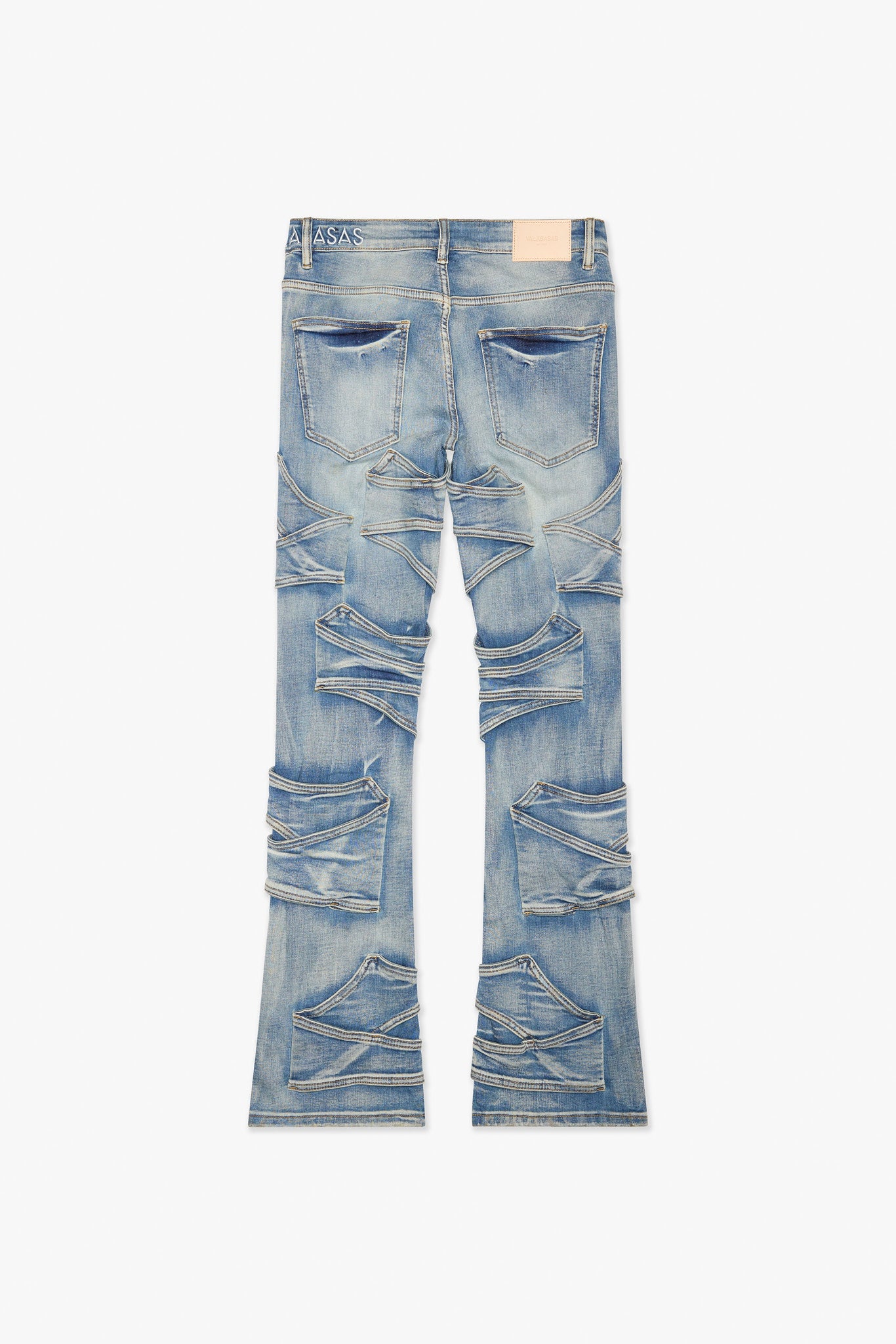Wood wrap has emerged as a versatile design solution for homeowners, car enthusiasts, and businesses looking to refresh their spaces without the high costs of natural wood. This innovative material blends style, durability, and flexibility, making it a go-to choice for anyone who wants the look of wood without the limitations of traditional finishes.
What Is Wood Wrap?
Wood wrap, also called wood-effect vinyl wrap or wood grain film, is a thin adhesive material designed to replicate the appearance of real timber. It is manufactured from high-quality PVC or vinyl films that adhere smoothly to flat and curved surfaces.
Available in shades ranging from oak and walnut to maple and teak, wood wraps often feature textured surfaces that capture the depth and grain of natural wood. Because it is lightweight, durable, and easy to apply, it has gained popularity in automotive styling, interior design, and commercial renovations.
Key Benefits of Wood Wrap
Cost Savings
Real wood veneers and custom carpentry come with significant expense. In contrast, wood wrap delivers the same visual appeal at a fraction of the cost.
Durability and Maintenance
Modern wraps are scratch-resistant, UV-stable, and resistant to moisture. This ensures longevity whether applied indoors or outdoors. A quality wrap can last five to seven years when properly maintained.
Easy Installation and Removal
Unlike permanent finishes, wood wrap can be applied with basic tools and removed without damaging the underlying surface. This makes it an excellent option for renters or businesses that frequently rebrand their interiors.
Aesthetic Versatility
From glossy walnut dashboards to matte oak kitchen panels, wood wraps adapt to a wide range of applications. Their availability in multiple finishes allows designers and DIY enthusiasts to create tailored looks with ease.
Applications of Wood Wrap
Automotive Customization
Car enthusiasts often use wood vinyl wrap to upgrade dashboards, trims, steering wheel accents, and even exterior panels. A gloss walnut dashboard gives a vintage luxury vibe, while matte oak can modernize interiors with a sleek, understated finish. Brands such as 3M and Avery Dennison produce high-quality films specifically engineered for automotive use, ensuring heat resistance and flexibility.
Interior Design and Furniture
In residential and commercial interiors, wood wrap transforms dated surfaces into contemporary features. Homeowners wrap kitchen cabinets, wardrobes, and countertops for a fresh, modern look without replacing the furniture. Offices and co-working spaces use wraps on desks and meeting tables to create warm, inviting environments.
Commercial and Retail Branding
Retailers and restaurants often rely on wood-effect vinyl for cost-effective design upgrades. A coffee shop may use oak wraps on counters to evoke a rustic feel, while fashion boutiques choose darker walnut tones to add sophistication. Because wraps are easy to clean, they are practical for high-traffic areas.
Types of Wood Wrap Finishes
- Gloss Finish: Reflective, polished look resembling varnished wood.
- Matte Finish: Modern, smooth appearance without shine.
- Textured Finish: Mimics the tactile grain of real timber.
- Specialty Finishes: Hybrid styles combining wood grain with metallic or brushed effects.
Each finish serves a different purpose. Gloss enhances luxury, matte delivers minimalism, and textured finishes are favored for their authenticity.
Installation Process Explained
Installing wood wrap requires precision and patience. Professionals follow these steps:
- Surface Preparation: Clean the surface thoroughly to remove dust, grease, and imperfections.
- Measuring and Cutting: Cut the film slightly larger than the intended surface.
- Application: Use a heat gun and squeegee to stretch and smooth the film. Heat activates the adhesive and ensures flexibility.
- Finishing and Sealing: Trim excess film and apply pressure along edges to seal the wrap.
For small furniture panels or décor items, DIY applications are straightforward. However, large projects—like wrapping an entire car or store counter—usually benefit from professional installation.
Case Studies and Real-World Examples
A boutique café in Berlin used oak-effect wraps on its front counter, shelving units, and wall panels. Instead of investing in costly carpentry, the owners achieved a rustic yet modern aesthetic in under a week, cutting renovation costs by nearly 50%.
In another case, a luxury car owner transformed the dashboard and interior trims of a classic sedan with walnut wrap. The upgrade added vintage charm while preserving the original components of the car.
Choosing the Right Wood Wrap
When selecting wood wrap, consider the following:
- Material Quality: Premium wraps from brands like Hexis or 3M offer superior durability and realistic finishes.
- Intended Use: Automotive applications require flexible, heat-resistant films, while kitchens and bathrooms benefit from moisture-resistant options.
- Installation Method: DIY works well for small projects, but professional installation ensures precision on larger surfaces.
Future Trends in Wood Wrap
Manufacturers are innovating with eco-friendly and recyclable vinyl films to reduce environmental impact. Digital printing now allows for fully customized wood grain patterns, enabling businesses and designers to create unique finishes that cannot be found in natural wood. Hybrid finishes combining matte wood with metallic highlights are also gaining popularity in automotive design.
FAQs
1. Can wood wrap be applied to any surface?
Yes, it works on metal, plastic, glass, MDF, and painted surfaces.
2. How long does wood wrap last?
High-quality vinyl wraps last between 5–7 years indoors and 3–5 years outdoors.
3. Is wood wrap waterproof?
Most wraps are moisture-resistant, making them suitable for kitchens, bathrooms, and outdoor furniture.
4. Can I install wood wrap myself?
DIY is possible for smaller projects, but professional installers are recommended for vehicles or large furniture.
5. Does wood wrap damage the original surface?
No, it can be removed cleanly without harming the material underneath if applied and removed properly.
6. How do I clean a wrapped surface?
Use mild soap and water. Avoid abrasive sponges or harsh chemical cleaners.
7. Is wood wrap eco-friendly?
Some manufacturers now produce recyclable films, though eco certifications vary by brand.


